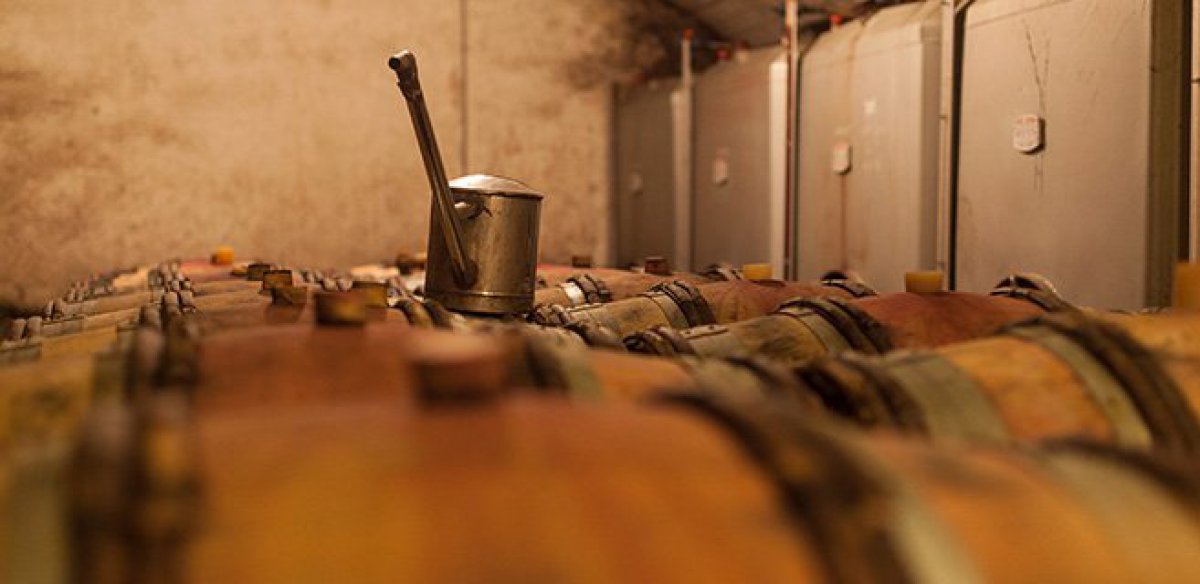
These steps are crucial to identify the wine’s final character.
Ageing
This step is between the end of the alcoholic fermentation and the bottling. Its main purpose is to tone down the tannins and purify the wine.
There are two major means of doing this:
- Ageing in a vat (concrete, stainless steel, and notably resin). It is highly hygienic and makes it easier to keep the wine fruitiness,
- Ageing in a barrel (or a cask): it makes it easier to tone down the tannins (necessary for the Syrah for example) and brings some typically “woody” aromas: vanilla, roasted coffee ... Their intensity mainly varies depending on the barrel heating.
At the Domaine, we prefer using concrete and stainless steel vats to maintain the cleanliness of the fruit and avoid our wines blending with the woody aromas (vanilla, coconut).
Only the Syrah (10% of the Châteauneuf-du-Pape blending) is aged in vats with 1 or 2 wines to soften the tannins.
Blending
This consists of blending wine from various plots which were initially vinified separately. This is done about 15 to 18 months after harvest.
Our drive is to make a powerful but elegant wine, boasting fantastic aromatic finesse and great ageing potential which explains why the final blending may vary from one year to the next.
Les Cailloux cuvée will always have a dominant Grenache base mixed with Mourvèdre and Syrah for the tannins and the structure, but the proportion of each can strongly vary depending on the production year.
Once the wine blending has been chosen, the wine is bottled then stocked away from the light and heat before being sent.

